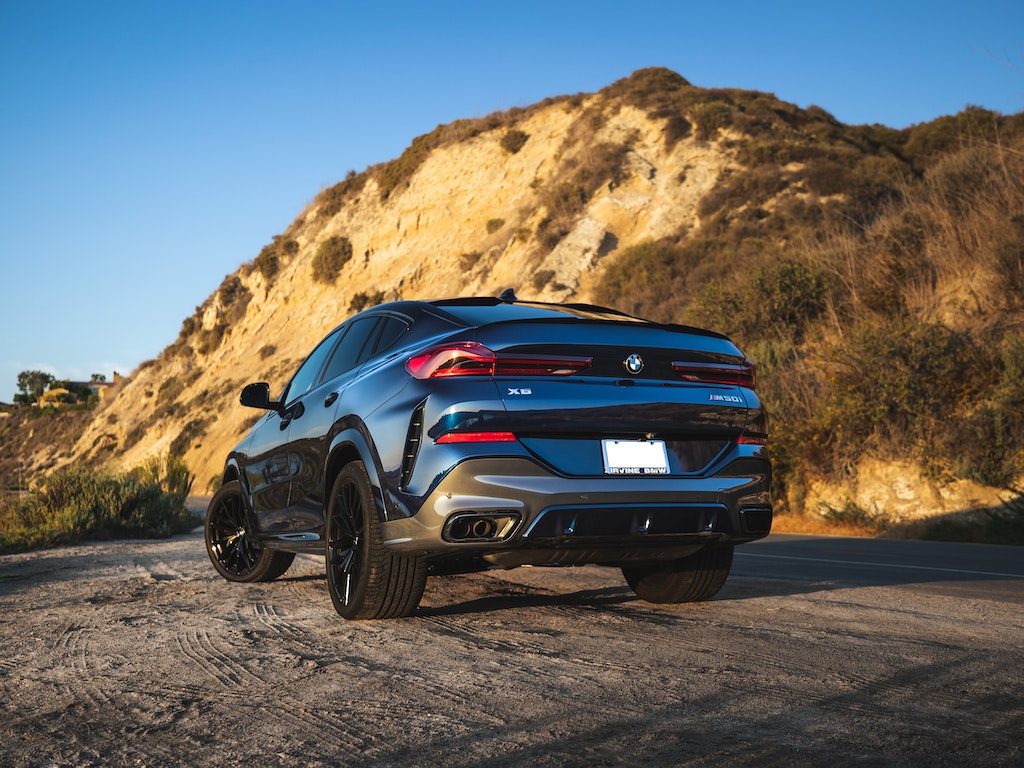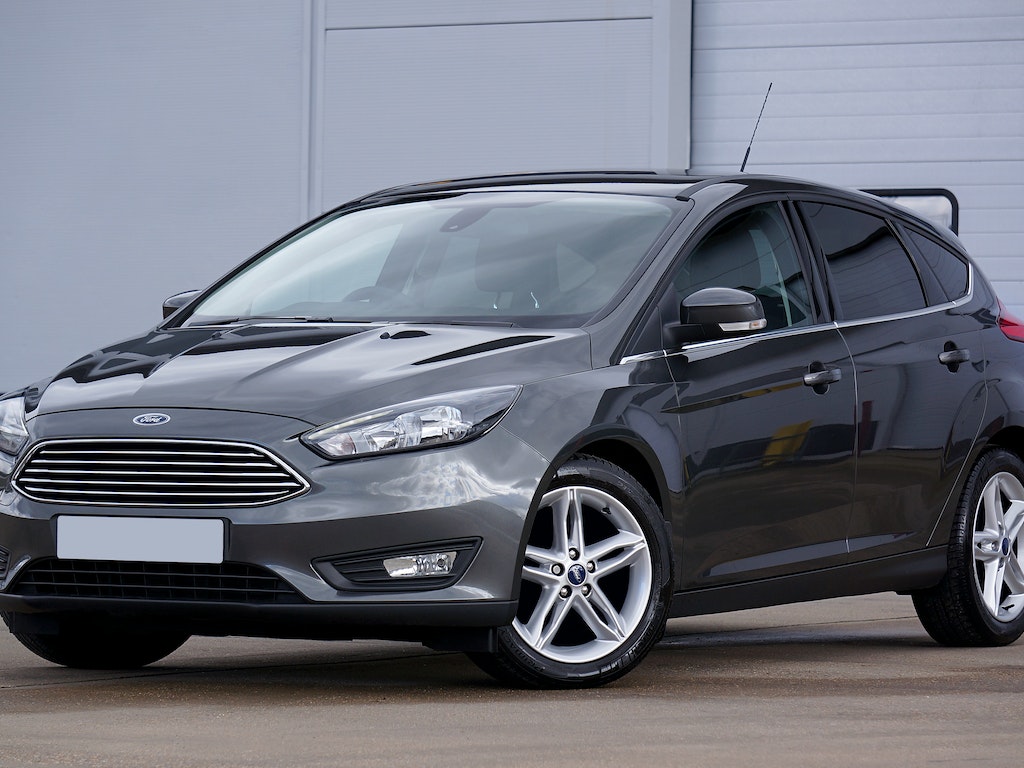
Over the years, GAP insurance has become an increasingly popular form of car insurance. If you don’t have it and are driving to work right now, consider reading about this clever little product. Here, we’ll explain what GAP insurance is and how it can benefit you, then tell you whether or not you need it.
What is GAP Insurance?
Guaranteed Asset Protection (GAP) insurance helps you pay off the difference between what your car is worth and what you still owe on it should you get into an accident. For example, if your car’s value has depreciated to $22,000 and you still have $27,000 left to pay for it, GAP insurance would help you with that $5,000 gap.
How Does It Work?
GAP insurance is an optional policy extra when you’re shopping for car insurance. It covers you if/when an accident occurs and you’re still underwater with your car payments. GAP insurance works like most other insurance plans, where you pay a specific amount in one or six months intervals.
What Are the Pros?
The main benefit of gap insurance is that you’re covered if you get into an accident and owe more on your car loan than it’s worth. If you don’t have GAP insurance, and your car is totaled in an accident, you’re still responsible for paying off that debt. So if it’s used, it can save you money.
What Are the Cons?
The biggest drawback to GAP insurance is that it increases your insurance bill. If you decide not to buy this policy, you could risk being liable for the difference between what your car is worth and what you owe if it’s totaled in an accident or stolen.
Is It Worth It?
Yes. GAP insurance is not required by law, but it can be helpful if you’re financing or leasing a car. The insurance will cover the difference between what you owe and what the vehicle is worth at the time of a total loss (or theft). It provides additional protection if the vehicle’s value drops below what you owe on your loan or lease agreement.









